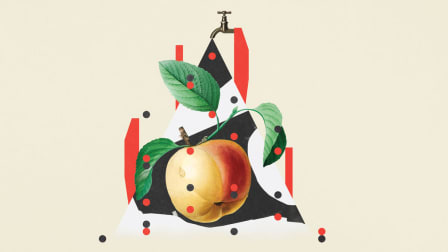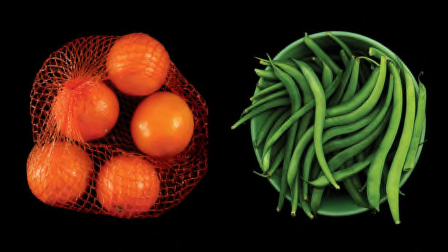6 Fruits and Vegetables Loaded With Pesticides
What to know about these problem produce items, plus smart substitutions you can make
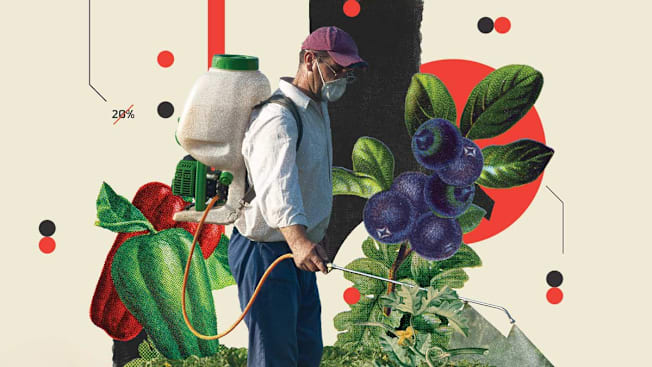
To help consumers identify the fruits and vegetables that posed the greatest risk from pesticides, Consumer Reports recently analyzed eight years of data from the Department of Agriculture’s pesticide residue monitoring program. While close to two-thirds of these foods are ranked low or very low risk, pesticides pose a serious problem in conventionally grown versions of the following six fruits and vegetables. Here’s why, plus how to safely fit them into your diet or make smart substitutions.
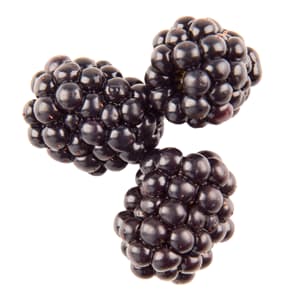
Why they’re a problem: Imported, conventionally grown fresh blackberries (mostly from Mexico) account for the majority of blackberries in U.S. markets and pose a very high risk due to the presence of methamidophos. While only about 6 percent of the samples tested positive, methamidophos is an organophosphate (OP), a class of chemicals responsible for much of the risk in many high-risk foods in our analysis. Frozen imported blackberries were also classified as very high risk.
“Each positive sample in USDA’s annual testing program actually represents hundreds of thousands to many millions of servings of different fruits or vegetables,” says Charles Benbrook, PhD, an independent expert on pesticide use and regulation who consulted with CR on our pesticide analysis.
Key takeaway: The use of methamidophos is banned on crops in the U.S. The reason it’s found on blackberries may be because it is a breakdown product of another OP, acephate. Acephate was permitted for use on blackberries (and some other crops) in 2023, when the data was collected, but was banned on all foods in 2024.
Better choice: Fresh, domestically grown blackberries are ranked moderate for pesticide risk, so they’re an option when you can find them. Fresh domestic strawberries also pose a moderate risk. However, organic blackberries are probably your best bet, or opt for organic blueberries.

Why they’re a problem: One in 5 samples of domestic, conventional blueberries had residue of phosmet, an OP pesticide that the Environmental Protection Agency considers a particular risk to children.
Key takeaway: Conventional frozen blueberries also posed a very high risk. Several years of USDA data suggests that contamination with phosmet may be increasing, as growers use it as an alternative to other even more harmful insecticides.
Better choice: We don’t have data for raspberries, but organic blueberries pose very low risks and both fresh domestic strawberries and fresh domestic blackberries fared okay.

Why they’re a problem: Close to half of all domestic, conventional samples of this vegetable tested positive for oxamyl or its breakdown product, oxamyl oxime. Samples of bell peppers have consistently been among the highest-risk produce in every year they have been tested by the USDA.
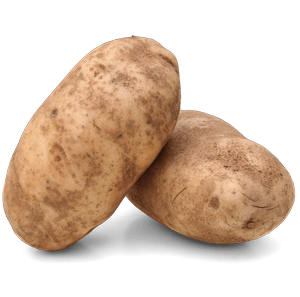
Why they’re a problem: Nearly all domestic, conventional samples had residue of chlorpropham, a carbamate pesticide.
Key takeaway: While not the riskiest carbamate, chlorpropham was found on nearly all potato samples. That’s because it’s applied to potatoes in packing plants just before they are bagged, to keep the potatoes from sprouting. Organic potatoes may be inadvertently contaminated when they are processed in the same facility as conventionally grown potatoes.
Previously, organic potatoes were of moderate risk, but data from the most recent round of USDA testing places them in the very low risk category because chlorpropham was found on fewer samples and at lower levels. “Progress in reducing chlorpropham residues in organic potatoes is a result of growing demand for organic produce sufficient to trigger investments in packing and storage facilities dedicated only to organic produce,” Benbrook says.
Better choice: Organic potatoes are a great option. Or, when appropriate, choose sweet potatoes. They pose a low risk and are a nutritional powerhouse to boot.
Shopping for Produce?
Download a printable version of CR’s guide to pesticides in 62 fruits and vegetables.
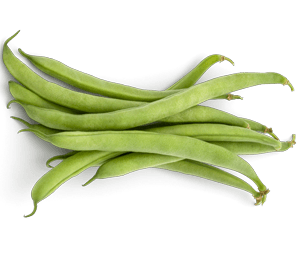
Why they’re a problem: Only about 4 percent of domestic, conventional samples had residue of the OP acephate or a related chemical, methamidophos, but risk levels were often very high. Acephate has been banned by the EPA for use on green beans since 2011.
Key takeaway: Acephate levels were particularly high in imported green beans, mostly from Mexico. Even imported organic green beans were very high-risk, the only organic food with that rating. Its detection on samples suggests illegal use and inadequate oversight of imports.
Better choice: Snap peas. They posed a low risk, and have a similar crunch and texture. Organic green beans grown domestically are also a good choice.

Why they’re a problem: Domestic, conventional versions of these greens sometimes contained a mix of pesticides: pyraclostrobin, a fungicide; cyfluthrin, a pyrethroid pesticide (these have been linked to cardiovascular disease-related deaths); and chlorpyrifos, a highly toxic OP, in a relatively small number of samples, especially mustard greens.
Key takeaway: The EPA has banned chlorpyrifos for use inside homes since 2000, but it is still used on about a dozen crops.
Better choice: Organic kale and mustard greens. Broccoli also posed a very low risk and has similar nutritional benefits. Fresh spinach and collard greens were of moderate risk, making them better choices too. Lettuce was low-risk.
Editor’s Note: This article was updated to include new pesticide data from the USDA. It originally appeared in the May/June 2024 issue of Consumer Reports magazine.


















